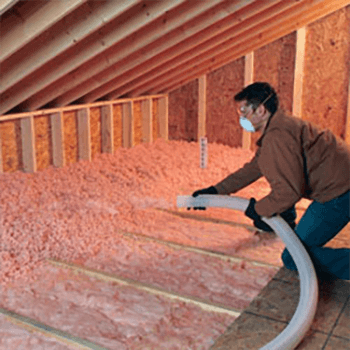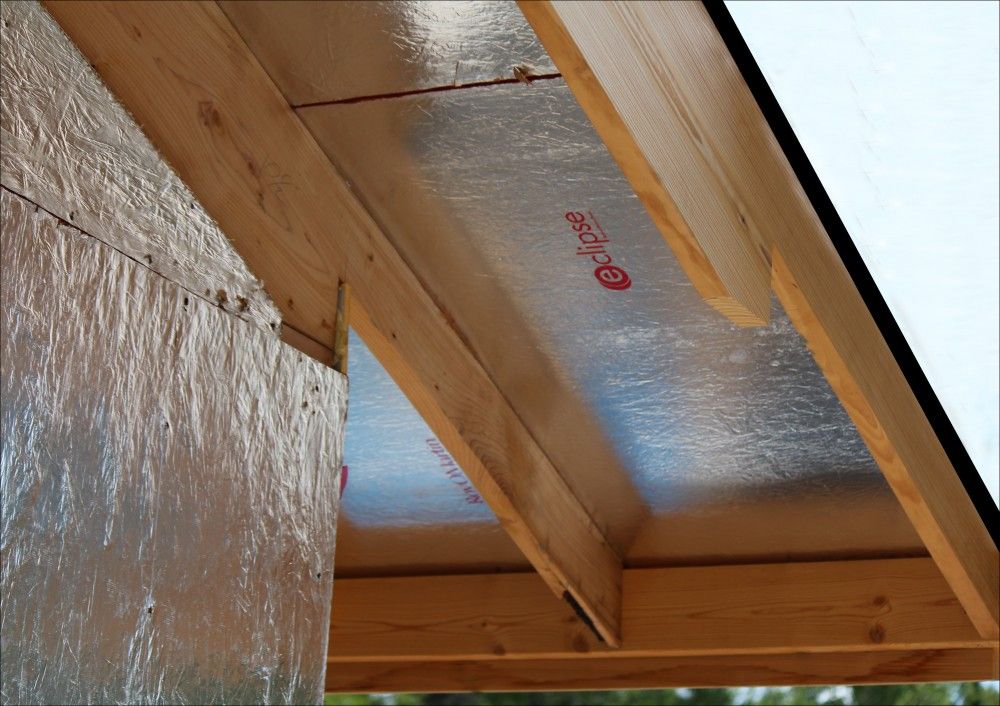Cape Coral’s near-tropical sun is beautiful and hot. This makes for wonderful tanning and beach weather, but is not so great for your air conditioning costs. One effective way to boost summer cooling energy efficiency is with a radiant barrier or adding insulation like AttiCat® Expanding Blown-In insulation which is professionally installed by a qualified roofer, like Kelly Roofing.
What is a Radiant Barrier?
A radiant barrier is a layer of highly reflective metallic film placed in a Cape Coral home’s attic to reflect radiant heat from direct sunlight. It is installed in addition to attic insulation. The best person to install a radiant barrier is a professional roofer, and the best time to have your roofer install it is when a new roof or roof replacement is scheduled.
Why Use a Professional Roofer?
The radiant barrier, ideally, is run out over the rafters, stapled in place with a little slack in it (so it droops slightly), and then the roof sheathing is applied on top. This has to be done before a new roof is laid down. Other media are used, too, to support the metallic film. Kraft paper, plastic film, cardboard and oriented strand board (OSB) can serve as backers for the radiant barrier.
Also, in many cases, your roofing professional can add a radiant barrier to an existing roof by attaching it to the underside of the attic rafters, effectively reflecting most heat out of the attic.
Energy Efficiency
Several conditions affect the energy efficiency of radiant barriers:
- Proper installation by a qualified professional
- HVAC ductwork running through the attic—if there is no ductwork, the impact of the radiant barrier decreases
- Greatly different surface temperatures of the roof, the sheathing’s underside, and the radiant barrier
- Attic material emittance and reflectivity—emittance is the ability of a material to radiate energy (you want low emittance), while reflectivity describes how well the material turns away, or reflects, energy (you want high reflectivity)
What is expanding blown-in insulation?
 Blown-in insulation comes in cellulose or fiberglass and is blown into the attic using a large machine. It blows smaller chunks, filling up gaps and provides a good, complete layer of insulation.
Blown-in insulation comes in cellulose or fiberglass and is blown into the attic using a large machine. It blows smaller chunks, filling up gaps and provides a good, complete layer of insulation.
Energy Efficiency
Several conditions affect the energy efficiency of insulation:
- Proper installation by a qualified professional
- Reduces noise transmission
- Blown-in insulation is tighter and more efficient, therefore preventing airflow from entering the attic.
Stop Energy Transfer
Since your home is a connected system, heat in the attic will find its way into your air conditioned living space, forcing your central air conditioner to work harder to cool your home. Insulation or radiant barrier, professionally installed by a qualified roofer, cuts off energy transfer. It sends the sun’s heat energy back out through the roof, reducing attic temperatures, which means ductwork running through the attic does not absorb heat. Your air conditioning bill drops, and you get cool cash in your pocket.
Contact Kelly Roofing, a family-owned business with over 30 years of committed service to the Cape Coral area, to discuss whether radiant barrier or insulation is the right choice for you.
